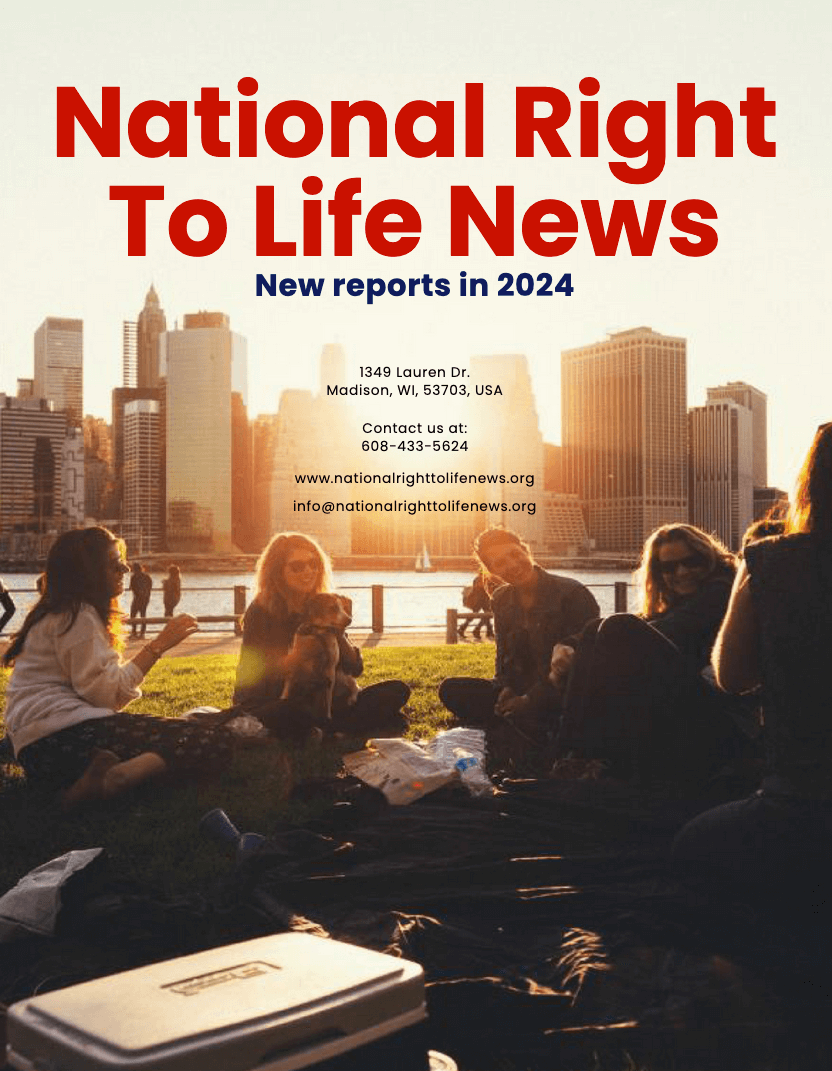My apologies for not getting to this sooner and my thanks to Sarah Terzo for her “Abortion records, ultrasounds and the truth,” an excellent story which placed a study published in the journal Obstetrics & Gynecology—“Relationship Between Ultrasound Viewing and Proceeding to Abortion”—in its proper context.
Very briefly, “The study claimed that the vast majority (over 95%) of women who elected to see the sonogram (they had a choice whether or not to see it) chose to have abortions anyway,” according to Terzo.
For the moment, let’s not get into how representative the population was or how meticulously the abortion clinic (only one was involved in the study) handled its records or the authors’ perspective on abortion. Let’s take the results at face value.
How can the numbers be so low? As Terzo writes
“This seems to fly in the face of everything that pro-lifers have experienced. Crisis pregnancy centers around the country have written about the difference that ultrasound makes. For example, the Washington Times published a survey done by pro-life crisis pregnancy centers that said that 20%-30% of the ‘abortion minded’ women who came to them prior to their acquiring ultrasound machines chose to have their babies rather than have abortions. When the ultrasound machines were incorporated into the services the crisis pregnancy centers offered, that number skyrocketed to 80 – 90%.”
Terzo then uses the personal experience relayed to her by a friend who years before had accompanied a woman she calls “Emily” to an abortion clinic in order to explain why most women at abortion clinics do not leave after seeing their baby on an ultrasound screen.
What she writes dovetails with what others have written, the gist of which is: it’s amazing any woman changes her mind.
Click here to read the January issue of National Right to Life News,
the “pro-life newspaper of record.”
Here are just a few of the ways abortion clinics minimize, obscure, and underplay what the woman sees on the screen (assuming their campaign of discouragement does not stop them from looking in the first place):
· The screen was turned away from the mother.
· The abortion clinic worker comes back with Emily’s chart “with the ultrasound printout stapled to a sheet for Emily to sign at the bottom. The clinic worker handed Emily the printed out ultrasound picture – with a big index card taped over the picture of the baby, so that Emily could not see it.”
· “Emily dutifully signed the sheet below the taped-over picture verifying that she had seen the ultrasound and chose to abort anyway. My friend wanted to talk to Emily, but the clinic workers didn’t leave them alone. They ushered my friend back into the waiting room and wheeled Emily into surgery. Everything was moving so fast–like well oiled machine. In less than twenty minutes, it was over.”
There’s more, of course. There’s the not-so-subtle pressure that comes from already having made the decision to abort, an abortion that had already been paid for. As Terzo puts it, “it was too late- wasn’t it?”
What I didn’t mention is the effect on her friend—who actually did see the ultrasound—of seeing “a fully formed baby at about eleven weeks.” It “horrified her. She wanted to grab Emily and run out of there.”
But as noted above, the machinery was in high gear. It was “too late” to do anything and Terzo’s friend “could find no words to say.”
At the risk of stating the obvious, what incentive does an abortion clinic have to dutifully, fairly, and in an unbiased manner present the woman with a chance to see her baby? None.
Terzo ends with this powerful statement:
“But I remember the tremor in my friend’s voice, the haunted look in her eyes as she thought of that lost baby and the friend who suffered so much after aborting her. I remember the words that I said to try to comfort her. And I can’t help but wonder.”
Chelsea Garcia is a political writer with a special interest in international relations and social issues. Events surrounding the war in Ukraine and the war in Israel are a major focus for political journalists. But as a former local reporter, she is also interested in national politics.
Chelsea Garcia studied media, communication and political science in Texas, USA, and learned the journalistic trade during an internship at a daily newspaper. In addition to her political writing, she is pursuing a master's degree in multimedia and writing at Texas.

